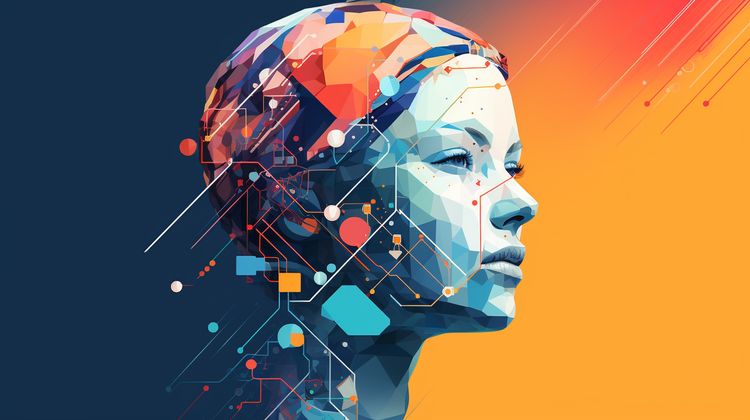Generative AI 201

Introduction
In the digital age, "AI" is thrown around like confetti at a New Year's Eve party. But not all AI is created equal. Today, we will delve deeper into a subset of AI revolutionizing everything from content creation to drug discovery: Generative AI. By the end of this post, you'll have a moderate-depth understanding of what Generative AI is, how it works, and why it's a game-changer in multiple industries.
What is Generative AI?
If this post feels too complex, maybe start with my post titled Generative AI 101.
Generative AI refers to a class of artificial intelligence models designed to generate new data that resembles a given dataset. In simpler terms, it's like a virtual artist that can create new, original works based on the "inspiration" it gets from existing data. This contrasts with Discriminative AI, which is more like a critic, classifying and making judgments about data but not creating anything new.
Key Terms to Know
- Dataset: A collection of data points for training or testing an AI model.
- Model: The algorithmic structure that performs the task.
- Training: The process of teaching the model to perform its task.
The Mechanics: How Does it Work?
Neural Networks: The Building Blocks
Generative AI's core is made of neural networks, specifically deep learning models like Generative Adversarial Networks (or GANs) and Variational Autoencoders (VAEs). These networks mimic the structure of the human brain, with layers of interconnected nodes (neurons) that process information.
The Training Phase
- Data Ingestion: The model is fed a dataset ranging from text to images.
- Forward Propagation: The data moves through the network, getting transformed at each layer.
- Backpropagation: The model adjusts its internal parameters based on the difference between its output and the actual data.
- Iteration: Steps 1-3 are repeated until the model can generate data that closely resembles the original dataset.
The Generation Phase
Once trained, the model can generate new data. For instance, a GAN trained on images of cats can produce new, unique images of cats that have never been seen before.
Real-World Applications
- Content Creation: Think AI-written articles or AI-generated art.
- Drug Discovery: Generating molecular structures for new drugs.
- Data Augmentation: Creating additional data for training other models.
Why Should You Care?
Generative AI is not just a cool tech buzzword; it's a transformative technology. It offers businesses a way to automate and innovate like never before. For the everyday consumer, it promises a future where digital experiences are more personalized and interactive.
Conclusion
Generative AI is like the Mozart of the digital age, composing symphonies of data that can entertain, inform, and even save lives. Its ability to create new, high-quality data sets it apart from other AI technologies and makes it a cornerstone of the future of machine learning and artificial intelligence.
So, are you excited about the possibilities that Generative AI brings? What applications can you envision in your industry? Feel free to share your thoughts in the comments below!






Member discussion